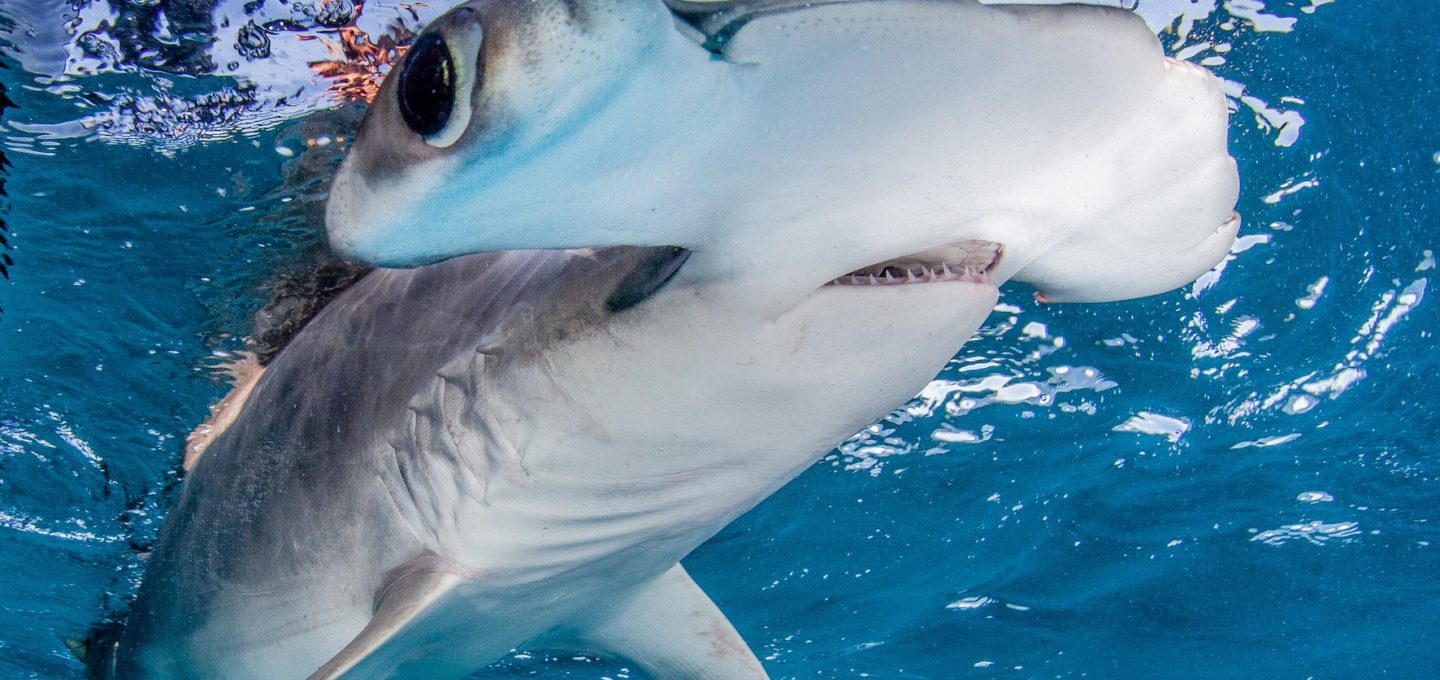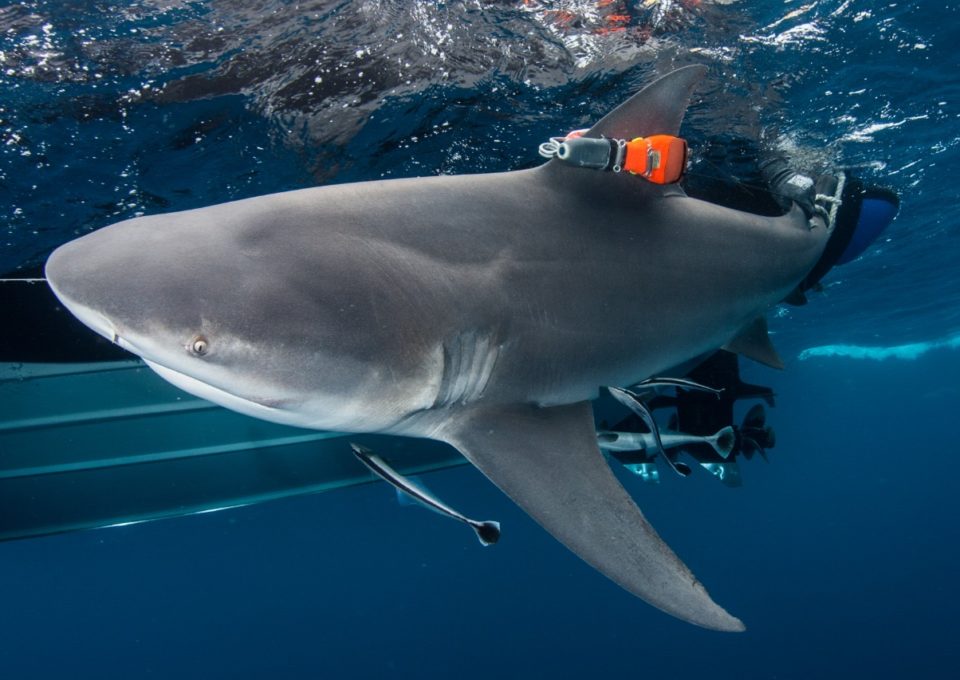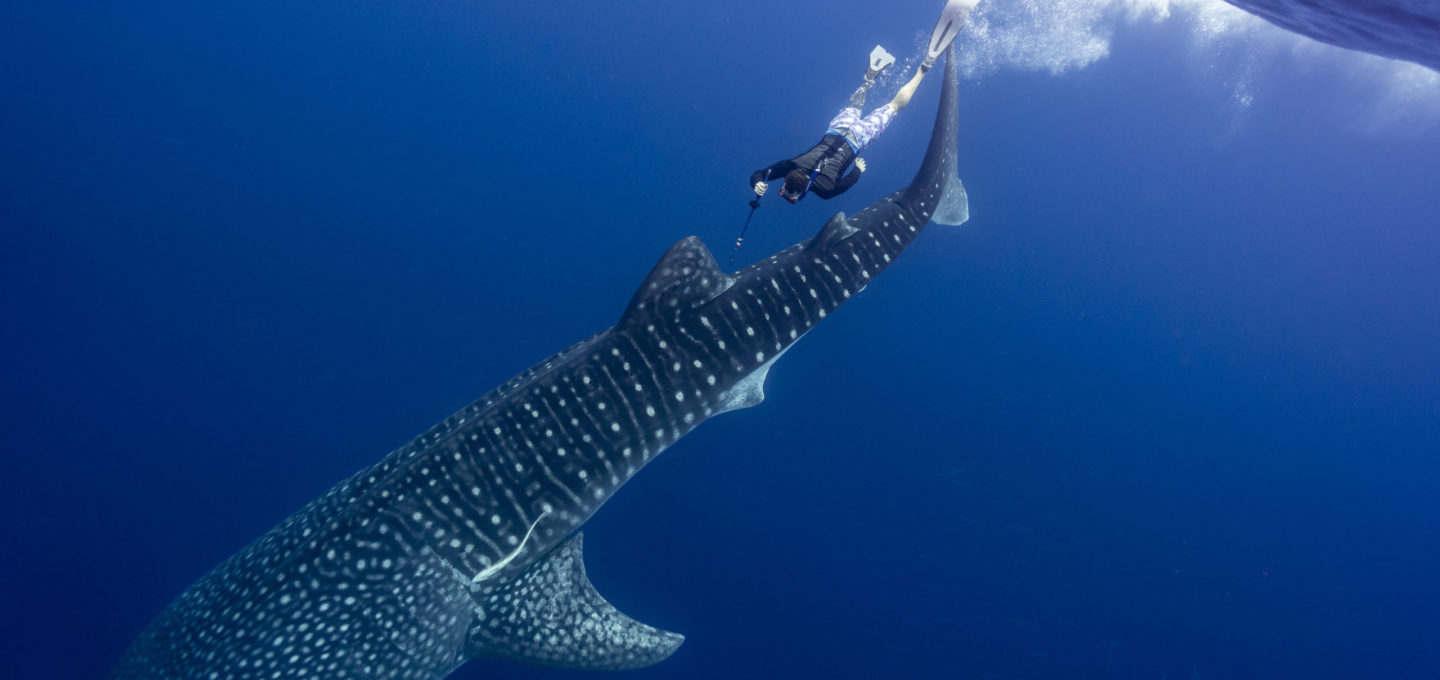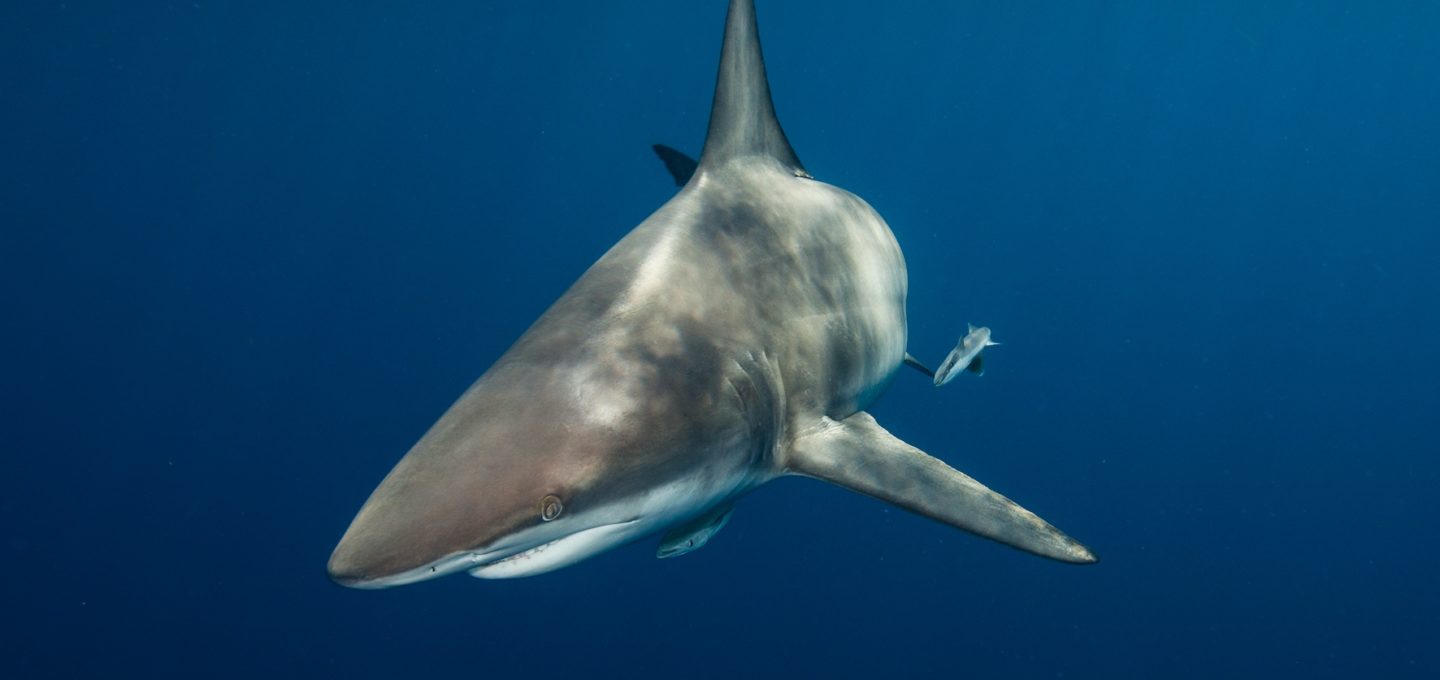Global Water-Cleaning Innovation Comes Home, as Cape Town Welcomes “Adopt a Shark”
Cape Town, Press Release, 31/10/2025
RanMarine, Circular South Africa, and V&A Waterfront announce innovative harbour clean-up program
RanMarine Technology is launching its “Adopt a Shark” programme in Cape Town, in partnership with Circular South Africa (CSA), a project of the African Circular Economy Network (ACEN), and the V&A Waterfront. The announcement marks a powerful homecoming for RanMarine, whose flagship WasteShark technology was conceived in Cape Town and later developed in Rotterdam, the Netherlands. CSA is enabling the local rollout, while the V&A Waterfront is hosting and supporting the initiative as benefactor and operations partner.
The Adopt a Shark programme is a global cause marketing and sponsorship initiative enabling eco-conscious companies, grantmakers and philanthropists to fund the deployment of RanMarine’s emission-free Autonomous Surface Vessels (ASVs):
- WasteShark – agile, class-leading surface drone that removes floating plastic, waste, biomass and algae from urban waterways
- CyanoShark – treats cyanobacteria (Blue Green Algae) levels chemically-free without harming ecosystems
- MegaShark – manned or remote-controlled dual tender-boat that tackles larger waste volumes
Deployments target sites where environmental clean-up needs are high but resources limited, while gathering critical water-quality data via optional sensors for predictive environmental monitoring.
Cape Town is the first African city to join this global network, following the programme’s New York City debut earlier this year. The initiative will expand to ten iconic “water cities” worldwide, uniting government agencies, private enterprises, NGOs, and communities to deliver scalable environmental solutions.
The Cape Town Connection

The WasteShark concept was born at the V&A Waterfront, where, then-local entrepreneur and former KFM DJ Richard Hardiman watched workers manually collect waste with pool nets; a time-consuming, unproductive method, and envisioned a more efficient, sustainable solution. He later established RanMarine in Rotterdam, a global maritime innovation hub, here the technology was refined and expanded for international deployment.
Richard Hardiman, CEO of RanMarine, shared his excitement:
“This launch represents both a homecoming and a commitment. Cape Town inspired RanMarine’s autonomous vessel solutions, and now it will help lead a new chapter of African and global collaboration to protect urban waterways.”
Katharina Gihring, COO of the African Circular Economy Network (ACEN):
“‘Adopt a Shark’ demonstrates circular economy principles in action, turning waste into opportunity while supporting communities to protect their water resources. With the right partnerships, we can scale this impact across Africa.”
Andre Blaine, Executive Director of Marine & Industry at the V&A Waterfront:
“It’s a full-circle moment for our neighbourhood to be among the first 10 sites in the rollout of the ‘Adopt a Shark’ initiative globally. Having first trialled the RanMarine Waste Shark in our waters a couple of years ago, we’re proud to be a part of such an incredible project that reflects our commitment to marine conservation, responsible tourism, and a cleaner harbour for the V&A Waterfront.”
The Cape Town “Adopt a Shark” programme will officially launch later this year at the V&A Waterfront, with plans to expand to nearby marinas, ‘vleis’, rivers, lakes and harbours throughout 2026/27.
Interested in a similar collaborative project,
then follow the link below to reach out to Andrew Douglas our Head of Strategic Alliances
Project Contacts:
Andrew Douglas
Head of Strategic Alliances, RanMarine Technology
Email: andrew.douglas@ranmarine.io | Phone: +27 73 790 5946
Gabriella Shukor
Project Manager & Strategist, Circular South Africa
Email: gabriella@circularsouthafrica.co.za | Phone: +27 79 695 8112
Media Enquiries:
Patrick Baransky
Head of Global Marketing, RanMarine Technology
Email: patrick.baransky@ranmarine.io | Phone: +31 62 6480161
About RanMarine Technology
RanMarine Technology is a leading cleantech company and designs and distributes emission-free autonomous surface vessels including WasteShark, CyanoShark, MegaShark and OilShark that extract plastic, algae, waste, and oil while gathering water-quality data to safeguard aquatic ecosystems.
www.ranmarine.io
About Circular South Africa and African Circular Economy Network
Circular South Africa is a project of the African Circular Economy Network, advocating for circular economy principles to foster sustainable growth, reduce environmental impact, and empower communities across Africa. www.circularsouthafrica.co.za
About The V&A Waterfront
The V&A Waterfront is Cape Town’s vibrant mixed-use development, renowned for retail, entertainment, and hospitality set against Table Mountain and the Atlantic Ocean. It attracts locals and tourists with diverse attractions, historical sites, and scenic waterfront views.
www.waterfront.co.za





